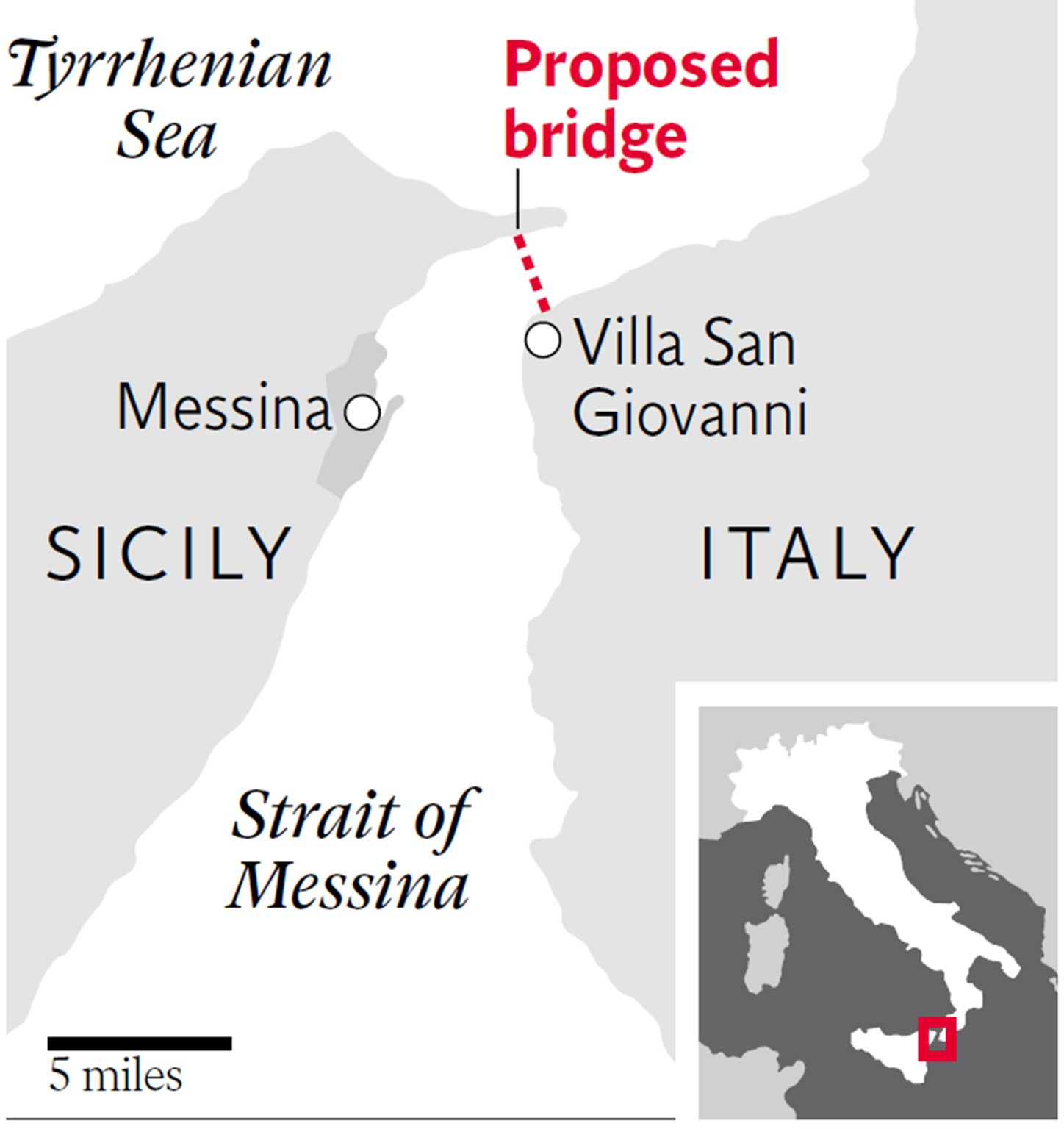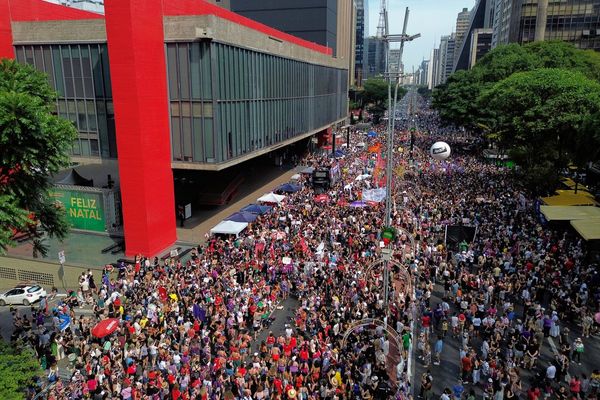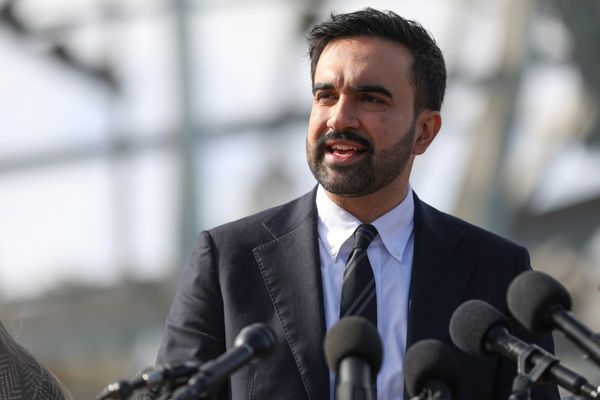
The Italian government has given final approval for the construction of what would be the world’s longest single-span bridge, connecting Sicily to the mainland, a decision that immediately sets the stage for a potential legal battle.
The colossal project, spanning the Strait of Messina, was formally sanctioned by the prime minister Giorgia Meloni’s right-wing government on Wednesday, with €13.5bn (£11.7bn) earmarked for its development. This ambitious undertaking, first conceived by the ancient Romans, has been under discussion for more than 50 years but now faces the prospect of further delays.
“They could offer me three times the value of my house, but that doesn’t matter to me. What matters is the landscape. They must not touch the Strait of Messina,” said Mariolina De Francesco, a 75-year-old living in the Sicilian city of Messina.
More than 440 properties will have to be expropriated on the Sicilian side and in the Calabria region on the mainland to make way for the 3.7km (2.3-mile) bridge and connecting roads and railways.
“Our lawyers will take action, and we will stop them. That’s guaranteed,” said Ms De Francesco, whose house lies near the site of one of the bridge’s planned 399m-tall land towers. Infrastructure minister Matteo Salvini said preliminary works should start in September-October, and has promised generous compensation to those required to surrender their property. The bridge is due for completion in 2032.

The Messina Strait Company overseeing the project is bracing for a big legal fight. “(Legal appeals) certainly keep me busy because they waste a lot of our time,” its CEO Pietro Ciucci told newspaper La Stampa.
Environmental groups this week filed a complaint with the European Union, flagging serious risks for the local ecosystem.
The Torre Faro district, on the northern edge of Messina, includes a nature reserve surrounding two ponds.
Committees of “No Bridge” residents say the area’s environmental value and seismic risk make it unsuitable for the infrastructure. They also fear the works will drag on, making the neighbourhood unliveable because of the noise.

The Messina Strait Company says the bridge will be designed to withstand very strong earthquakes and will not be placed on active fault lines. It has also promised mitigation measures to safeguard habitats and protected species.
Contractual obligations will ensure that the timing and effects of construction activity, including noise, will be kept under strict control, the company added.
Supporters of the project, awarded to the Eurolink consortium led by Italy’s Webuild, say it will bolster the economy of an underdeveloped region.
“The bridge could create jobs for young people, and maybe it could also change something in Sicily, where we always like to keep everything as it is,” said 71-year-old Giuseppe Caruso, sitting on his bike near the beach.
Authorities have pledged strong safeguards against any mafia involvement. The two regions are home to the Cosa Nostra and ’Ndrangheta mafia organisations, which have a long history of infiltrating lucrative public works projects. The government is also considering whether to categorise investment in the bridge as defence spending, which would help Italy meet new Nato targets to boost military budgets.

House expropriations are set to proceed gradually, in line with construction progress.
Activists and lawyers estimate some 1,000 people could lose their homes, and say the increased costs since the project was first awarded may breach European Union public procurement laws.
“We are a country governed by the rule of law within the EU, so even the government must respect the rules,” said Antonio Saitta, a lawyer representing some Messina residents.
The Messina Strait Company said the rise in costs, from €8.5bn in 2011 before the project was blocked, to the current €13.5bn, was due to the sharp increase in construction material prices.
Mr Saitta said the main way of blocking the bridge was to file an appeal with an administrative court against the government’s decision by the end of October.
Gianluca Maria Esposito, an administrative law professor at Sapienza University of Rome, said the public interest prevails over the private in such cases and that blocking the project would be a daunting challenge.
“The citizen is entitled to compensation but cannot claim further damages, nor can they oppose the realisation of the project,” he said.
Motorbike tribute marks final journey of UK’s oldest Second World War veteran
Ohio river's level raised to accommodate Vice President JD Vance's birthday kayaking trip
Italy greenlights a $15.5 billion project to build bridge linking Sicily to the mainland
Illegal firework display on Hammersmith Bridge sparks blaze at school
Ukraine war live: Trump ‘wanted to meet Putin in Rome’
How a herd of hungry goats is helping Spain fight fires during the scorching summer







